Can sow skin temperature reveal health issues?
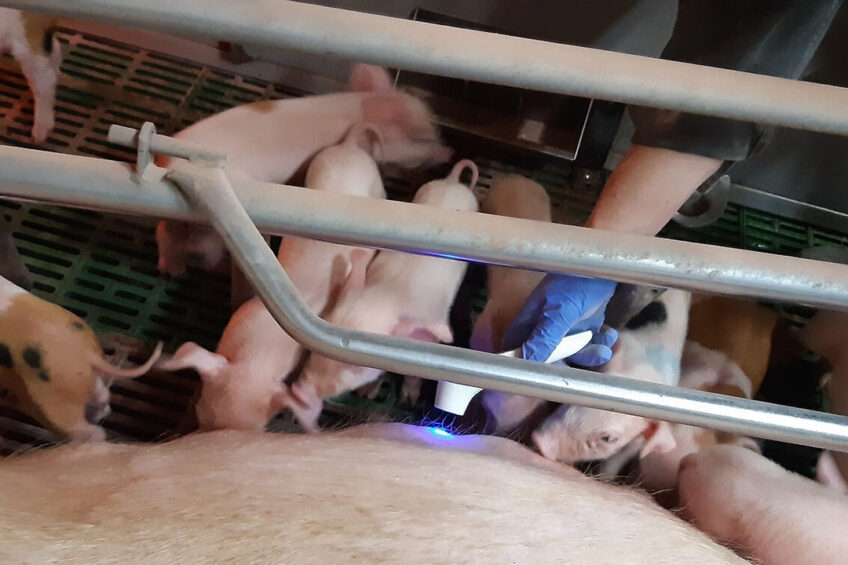
The pig industry is facing new challenges when lactating sows are to be loose housed. How to identify sows with potential health issues for instance? After all, measuring rectal temperature is made more difficult. Recent Danish research aimed to find out whether measuring skin temperature could be a replacement. Pig welfare expert Vivi Aarestrup Moustsen explains.
There is an increasing interest in the loose housing of lactating sows. However, there are also major barriers for its implementation, including the management system. One risk is that of increased neonatal piglet mortality, which is a welfare issue as well as an economic one. At the same time, it can influence work conditions and farm staff motivation.
There is a need to develop management routines to give the caretakers tools to maintain a high level of both welfare and productivity in the farrowing units.
Crushing or overlaying of piglets
A significant proportion of neonatal piglet deaths are caused by crushing or overlying. It happens when the piglets are close to the sow and the sow moves. In traditional farrowing crates, it is controlled where in the pens the sows are lying down. The system significantly reduces the risk of piglets being in the same area as the sow – and run the risk of being rolled over.
Pig producers have experienced that the sows’ health status influences their movements. Sick sows are more likely to crush piglets, especially when the sows are loose. To identify sows with a potential health issue, some producers measure the rectal temperature of their sows at farrowing and the following day or days. However, that takes about 1 minute per sow per measurement, so in 1,200 sow-units, it is at least an hour every day when a batch of 60 sows are farrowing.
Can measuring skin temperature solve it?
To save time in daily sow supervision, SEGES Danish Pig Research Centre tested if measuring of skin temperature could replace measuring of rectal temperature. The study was carried out in con-secutive steps.

First, the team at SEGES developed a Golden Standard for measuring rectal temperature. That included comparison of 2 measuring depths (6-7 cm vs. 10-11 cm) in the rectum of the sows, where the 10-11 cm showed clearly less variance in measures compared to the 6-7 cm measures. The Golden Standard to measures rectal temperature was then set to be measuring at 10-11 cm, touching the mucous membrane in the sow’s rectum with the tip of the thermometer – and avoid measuring if the sows were about to defaecate.
Secondly, the team developed a Golden Standard for measuring skin temperature. It included measuring at different points of the sows (tail-base, behind ear and on the udder) using 4 different surface/skin thermometers. The measuring point with the least variance was behind the ear and the thermometer that showed the least variance was from Microlife.

Measuring temperatures on 123 sows
After defining the Golden Standards for measuring rectal and skin temperature, both were measured twice on 123 sows that had farrowed within the last day. In Figure 1, the 2 measures of rectal temperatures and the average of the 2 measures are marked in green for the 123 sows – sorted by increasing average rectal temperature. For each of the 123 sows, the 2 skin temperatures and the average of the 2 measures are shown in red/brown.
It is evident that the skin temperatures showed significantly higher variance than the rectal temperatures, and that there was only a limited correlation between the measured skin temperatures and rectal temperatures.

SEGES continues to develop management routines and tools to make loose housing of lactating sows a potential alternative to traditional crates – but there is no ‘easy’ fix – only hard work and not the least collaboration between producers, companies and industry both within Denmark and across borders.
Next step will be participation in a virtual workshop by initiative of German colleagues from the Friedrich-Loeffler-Institut.

Pig Progress experts talk
To read more Pig Progress expert opinions
 Beheer
Beheer
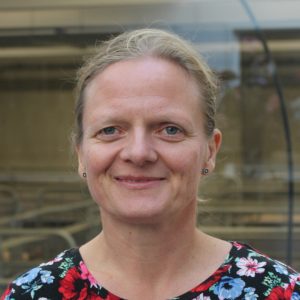
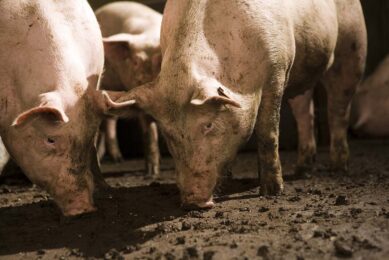
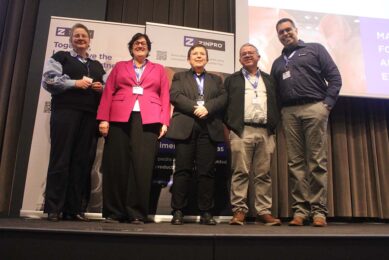

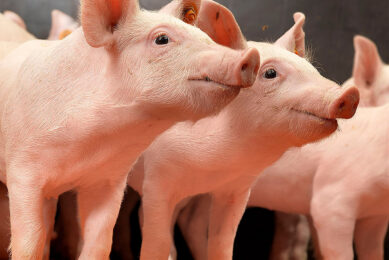



 WP Admin
WP Admin  Bewerk bericht
Bewerk bericht